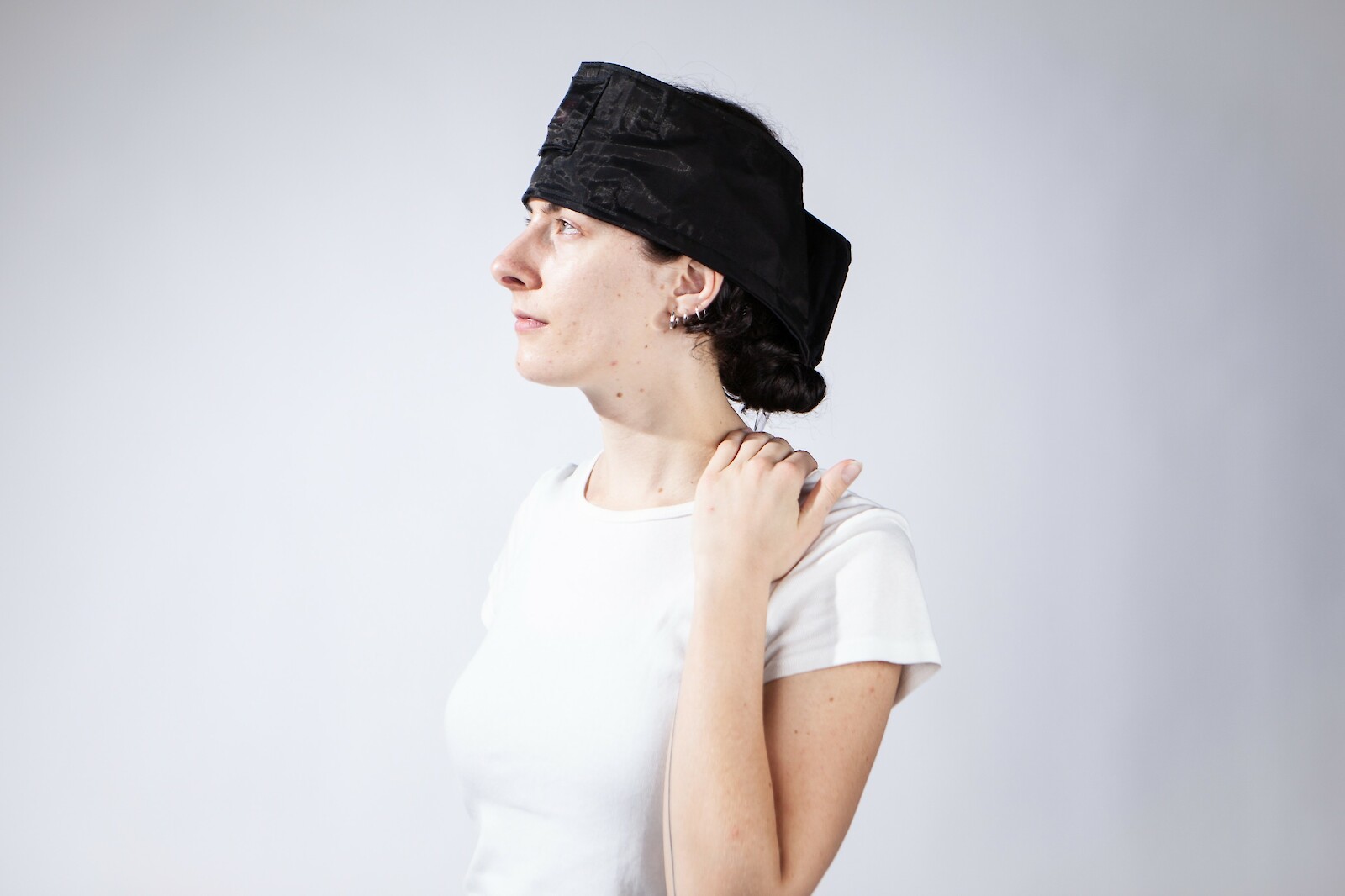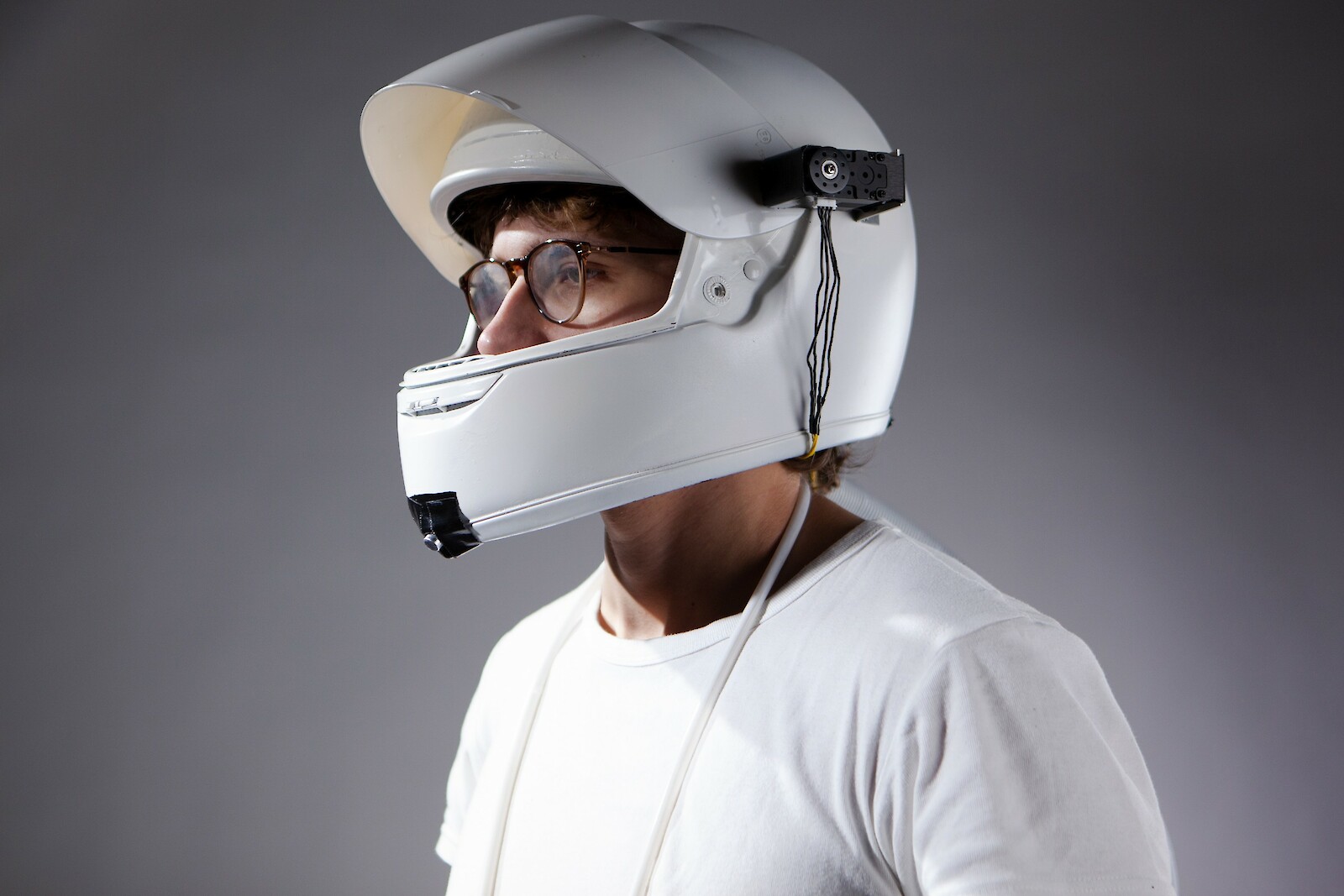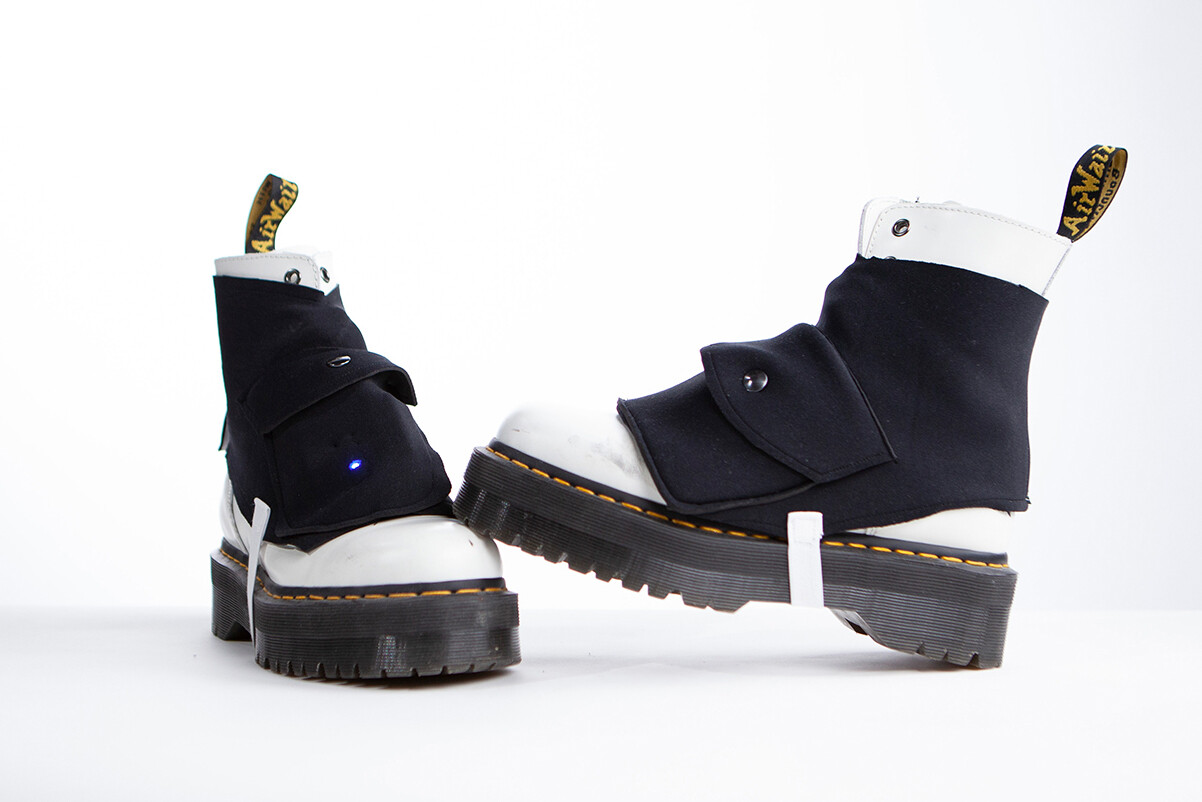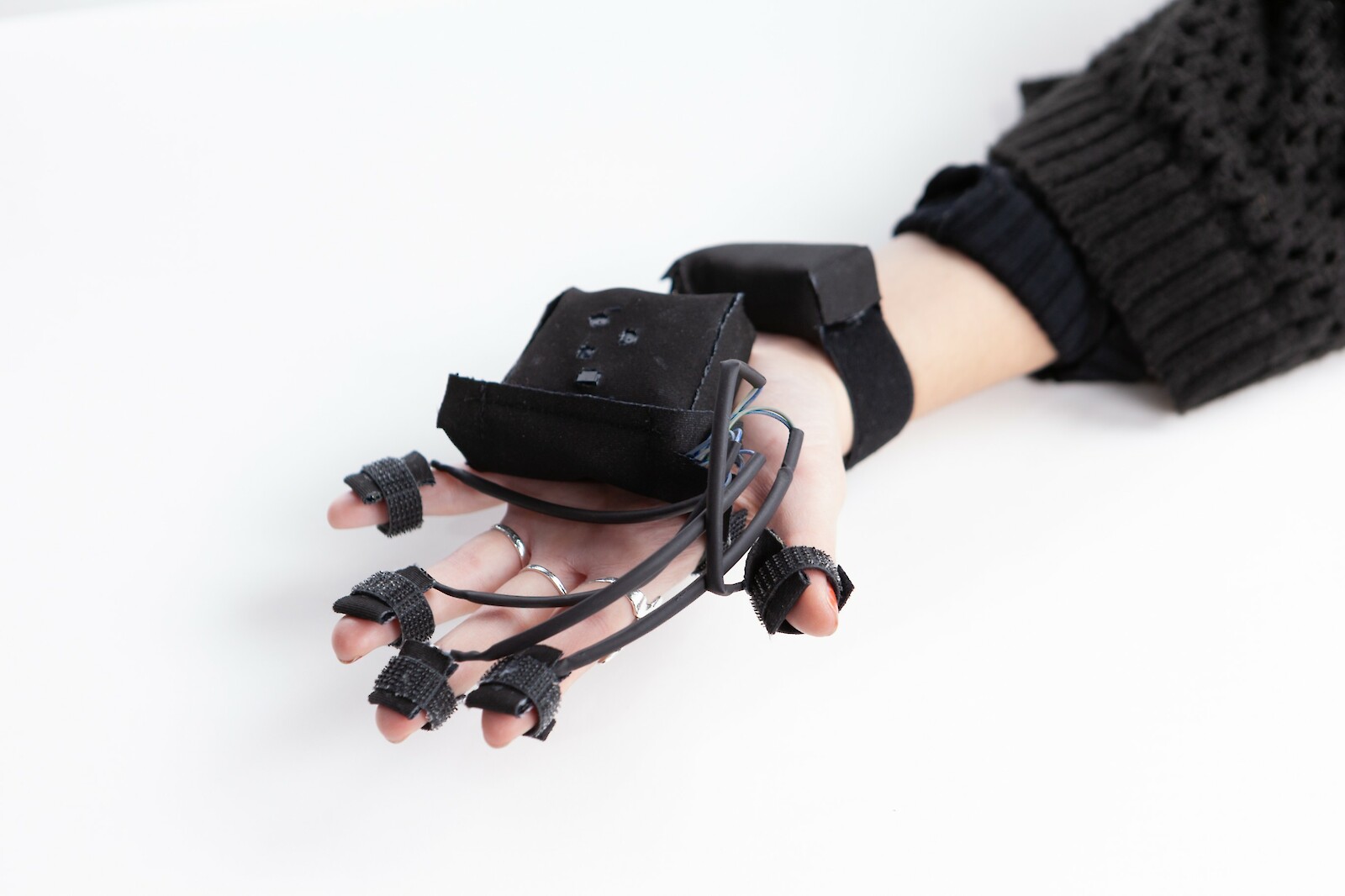Physical Computing 22: Sensory Substitution
In this course, we will look at Physical Computing as a method of Interaction Design. Our definition of Physical Computing refers to the use of hardware and code to make interactive objects that can respond to events in the real world. These events may be from the environment (temperature, radiation, etc.) or user interactions (touch, speech, etc.). These devices might respond with direct physical feedback and action or by performing actions in a digital environment. Physical Computing also describes the creative problem-solving process through the use of technological and functional prototypes.
Student projects:
Using the method of sensory substitution, we may learn to perceive the world in novel ways. Our physical and mental capabilities are evolved to survive in environments that are completely incongruous with our modern experience: even a photo of a spider sparks fear, yet we can not perceive and respond appropriately to harmful forms of radiation. What new forms of sensing do we need for the contemporary or future habitat?
What happens when our life force becomes our death sentence? Unless we can see pollutants, it is near impossible for us to detect the quality of the air around us, until it's already making an impact. The EAPS headband extends your senses, allowing the user to feel what cannot usually be seen by inflating with decreases in air quality.
SENSO converts spatial perception into perceptible vibrations. If there is an obstacle to the left, right or in front of the person, it can be perceived by the belt with built-in vibration motors. The closer you are to the obstacle, the stronger the belt vibrates at this point. This expands the visual perception with a tactile perception.
The project ALIENATION consists of a wearable helmet that translates auditory and visual inputs into haptic feedback through vibrations. Once a certain threshold is reached, the helmet enters shutdown mode. This is to simulate sensory overstimulation and the physical aspects it comes with.
MOVUS is an interactive wearable that allows people to explore their own movement in space in an unusual way. The product consists of a wearable made out of reused neopren and two small devices that need to be attached to different feet. Each movement produces a different sound, creating a unique sense of motion.
SENSING COLOR is a wearable device to feel color on your hand with recognisable vibration patterns.




